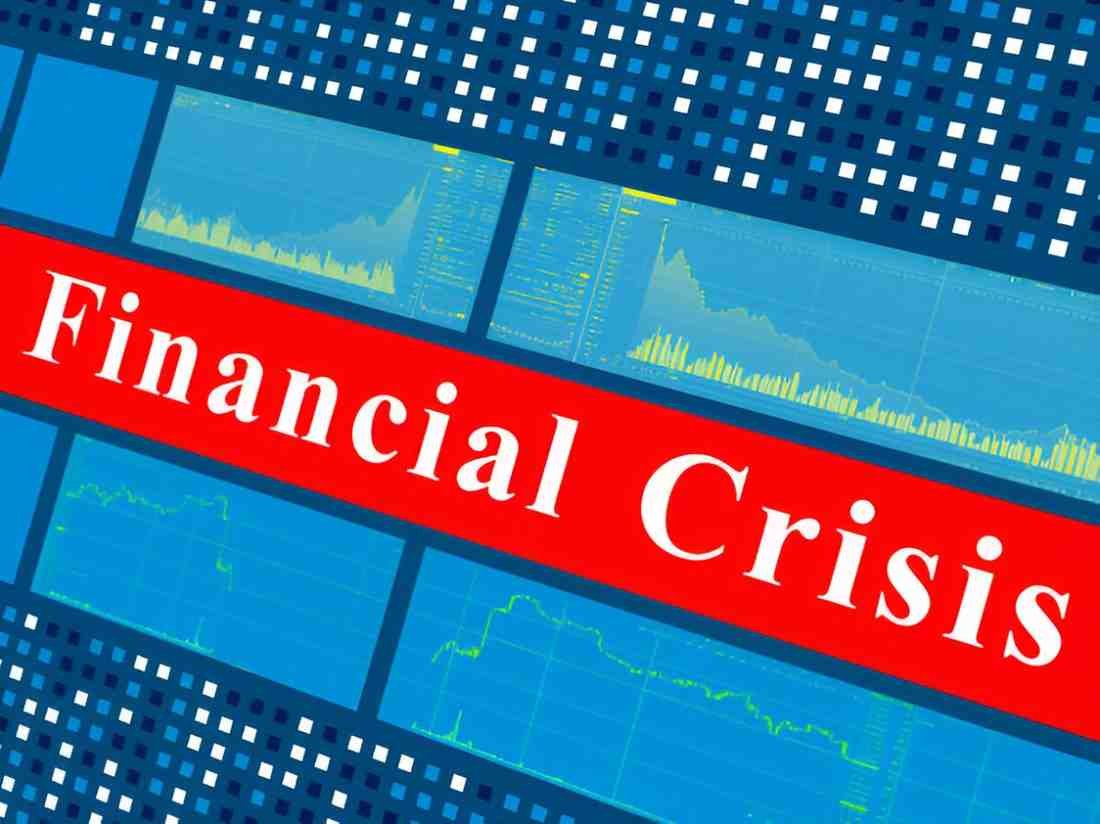Introduction
Hyman Minsky’s financial instability hypothesis offers one of the most compelling explanations for financial crises. His work describes how financial systems inherently move towards instability due to endogenous factors. Unlike mainstream economic theories, which often assume that markets self-correct, Minsky argued that financial markets tend to develop speculative excesses that eventually lead to crises. This article provides an in-depth analysis of Minsky’s theory, its real-world implications, and practical applications in understanding financial bubbles and crises in the United States.
Table of Contents
Understanding Minsky’s Financial Instability Hypothesis
Minsky’s theory revolves around three main financing stages: Hedge Finance, Speculative Finance, and Ponzi Finance. These stages demonstrate how financial behavior evolves during economic booms and busts.
1. Hedge Finance
At this stage, borrowers can meet their debt obligations (both principal and interest) from their cash flows. These borrowers are financially stable, and banks lend based on conservative risk assessments. There is little leverage, and credit markets function smoothly.
2. Speculative Finance
As optimism grows, borrowers start taking on more risk. They can still pay interest on their debts, but they must refinance or roll over their principal. Lenders, seeing rising asset values, become more willing to extend credit, assuming that asset prices will continue rising indefinitely.
3. Ponzi Finance
In the final stage, borrowers rely entirely on asset appreciation to pay both principal and interest. They cannot meet interest payments from cash flow alone. This phase represents the peak of financial fragility. When asset values stop rising or fall, defaults skyrocket, leading to a financial crisis.
| Financing Type | Cash Flow Covers Interest? | Cash Flow Covers Principal? | Reliance on Asset Prices? |
|---|---|---|---|
| Hedge Finance | Yes | Yes | No |
| Speculative Finance | Yes | No | Somewhat |
| Ponzi Finance | No | No | Entirely |
The Boom-Bust Cycle: A Minsky Perspective
Financial instability follows a cyclical pattern. Initially, economic stability encourages risk-taking. As banks and financial institutions lower lending standards, credit expands, fueling speculation. This speculation leads to asset bubbles. When these bubbles burst, financial panic ensues.
Example: The 2008 Financial Crisis
The U.S. subprime mortgage crisis is a textbook example of Minsky’s theory. In the early 2000s, mortgage lending standards loosened. Homebuyers moved from hedge financing to speculative and, ultimately, Ponzi financing. Adjustable-rate mortgages (ARMs) allowed borrowers to make low initial payments, but they depended on rising home values to refinance or sell at a profit. When housing prices stopped increasing in 2006, defaults surged, triggering the collapse of Lehman Brothers and a global financial crisis.
Quantitative Illustration
Assume a borrower takes a $200,000 mortgage at 5% interest with a 30-year term. The monthly payment for a hedge borrower would be around $1,073 (calculated using the formula for a fixed-rate mortgage payment). However, in a Ponzi finance scenario, a borrower might take an interest-only mortgage, paying just $833 per month initially but requiring refinancing or selling later. When home prices dropped, refinancing became impossible, leading to massive foreclosures.
Minsky vs. Traditional Economic Theories
| Theory | Market Behavior | Crisis Explanation | Policy Implication |
|---|---|---|---|
| Classical Economics | Markets self-correct | External shocks cause crises | Minimal government intervention |
| Keynesian Economics | Markets need stimulus | Demand shocks cause downturns | Active fiscal and monetary policy |
| Minsky’s Hypothesis | Markets tend toward instability | Endogenous financial excess leads to crises | Regulation and oversight necessary |
Policy Implications
Given Minsky’s insights, policymakers must recognize that financial instability is an inherent feature of capitalism, not an anomaly. This recognition leads to several policy recommendations:
1. Strengthening Financial Regulation
Regulators must monitor leverage ratios, speculative lending, and financial innovations that increase systemic risk. The Dodd-Frank Act implemented after 2008 sought to address some of these issues by improving transparency and reducing risky financial products.
2. Countercyclical Fiscal and Monetary Policy
Rather than reacting to crises, the Federal Reserve and government should adopt measures that curb excessive lending in boom times and provide liquidity during downturns.
3. Addressing Moral Hazard
Bailouts, while sometimes necessary, create moral hazard if financial institutions assume they will always be rescued. Minsky would advocate for policies that hold banks accountable for reckless lending.
Limitations of Minsky’s Hypothesis
Although Minsky’s insights are valuable, his theory lacks precise predictive power. It describes the mechanisms leading to crises but does not offer a clear way to time financial collapses. Furthermore, not all economic downturns stem from financial instability; supply-side shocks (such as oil crises) can also trigger recessions.
Conclusion
Minsky’s Financial Instability Hypothesis provides a crucial framework for understanding financial crises. By recognizing the inherent instability in financial markets, we can better prepare for future downturns. The 2008 crisis validated many of Minsky’s ideas, and his work remains highly relevant in today’s financial landscape. Policymakers, regulators, and investors must remain vigilant in monitoring credit cycles, as financial stability is always temporary in a Minskyan world.





